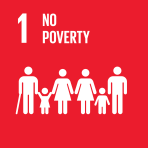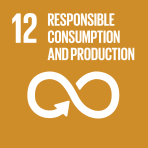Executive summary

- Author: Food and Agriculture Organization of the United Nations
- Main Title: The State of Food and Agriculture 2015 , pp 12-17
- Publication Date: May 2015
- DOI: https://doi.org/10.18356/7db07bca-en
- Language: English
The Millennium Development Goals (MDGs) on reducing poverty have been met by many countries, yet many others lag behind and the post-2015 challenge will be the full eradication of poverty and hunger. Many developing countries increasingly recognize that social protection measures are needed to relieve the immediate deprivation of people living in poverty and to prevent others from falling into poverty when a crisis strikes. Social protection can also help recipients become more productive by enabling them to manage risks, build assets and undertake more rewarding activities. These benefits spread beyond the immediate recipients to their communities and the broader economy as recipients purchase food, agricultural inputs and other rural goods and services. But social protection can only offer a sustainable pathway out of poverty if there is inclusive growth in the economy. In most low- and middle-income countries, agriculture remains the largest employer of the poor and is a major source of livelihoods through wage labour and own production for household consumption and the market. Poverty and its corollaries – malnutrition, illness and lack of education – limit agricultural productivity. Hence, providing social protection and pursuing agricultural development in an integrated way offers synergies that can increase the effectiveness of both.
-
From This Site
/content/books/9789210473149c004dcterms_title,dcterms_subject,pub_keyword-contentType:Journal -contentType:Contributor -contentType:Concept -contentType:Institution105



